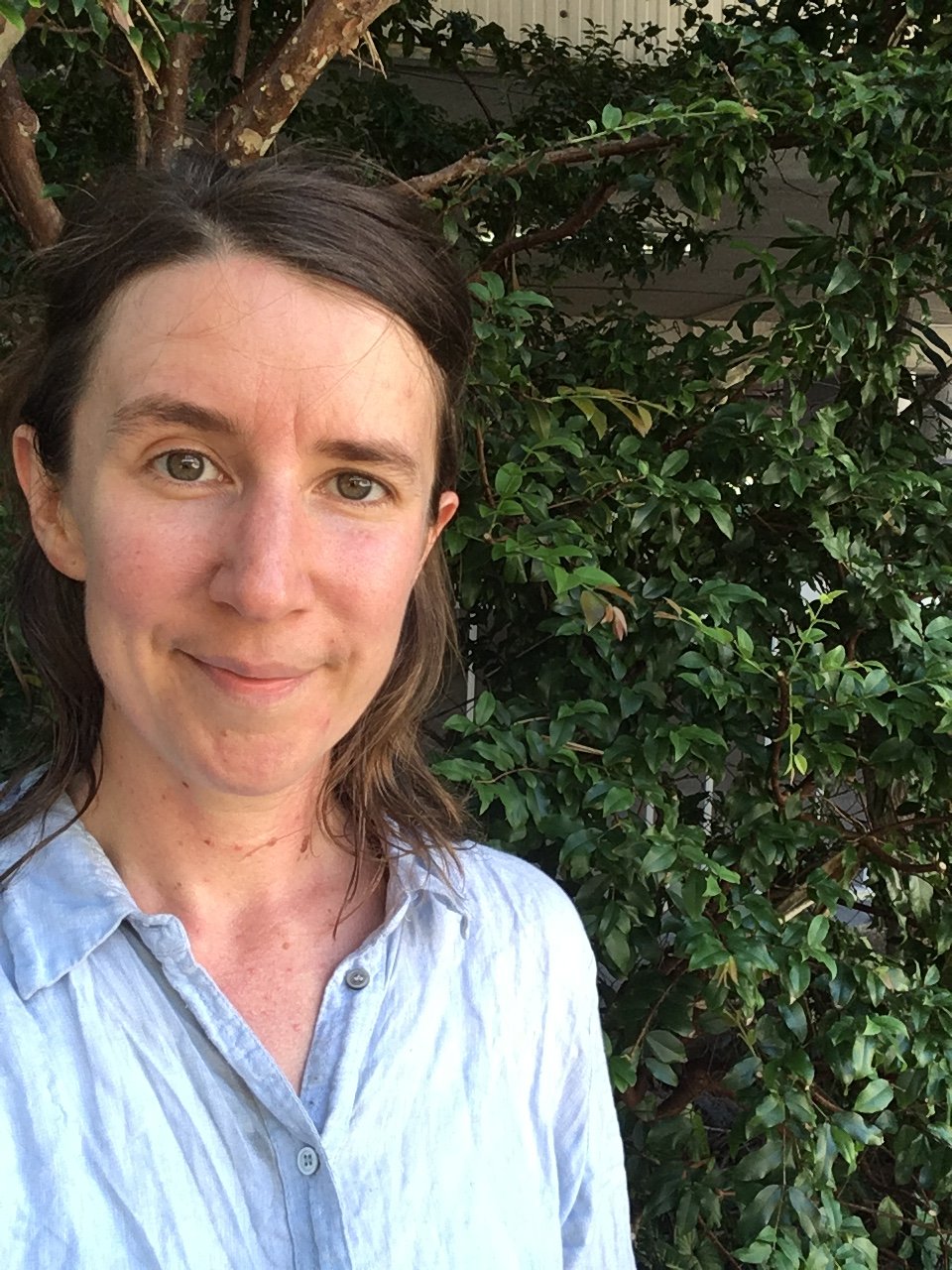Narrator - Environmental short documentary - Pew Charitable Trusts
Description
Read MoreVocal Characteristics
Language
EnglishVoice Age
Young Adult (18-35)Accents
AustralianTranscript
Note: Transcripts are generated using speech recognition software and may contain errors.
surrounded by icy waters whipped by wind, this harsh landscape doesn't seem like a suitable place for life. But tell that to this Adelie penguin or the estimated six million others that call East Antarctica home, or to the legion of emperor penguins lined up for miles across the icy land mass, making their journey to see diving underneath the ice reveals a thriving sea life that reminds us there is so much left of our ocean. To explore and explore is just what these Weddell Seals are doing, carving new parts in the icy corridors, shaking the stillness with their song. The deeper you dive, the more diverse life is fluid fluttering of jellyfish. Tendrils give way to a field of see feathers, where we witness the dogged determination off. This large scallop dimensions are distorted in the Southern Ocean. Ah, phenomenon called polar gigantism means that normally small animals are quite large, like this. See spider the size of a dinner plate. Expectations. A challenged, too familiar looking species are found in an unfamiliar place. Plant like creatures here are actually animals, and these animals make this part of the Southern Ocean look like a tropical reef. But Surprisingly, most of the animals found here are found nowhere else on Earth. For millions of years, this mosaic off marine life has been kept isolated from the outside world because of Circumpolar currents. These powerful currents block warmer waters from entering and prevent Antarctic lava from leaving the region, creating an environment that is truly one of a kind and nutrients up Wellings from the deep, cold bottom waters around Antarctica nourish faraway sees. So despite its isolation, we all depend on the Southern Ocean, and we all have an impact on it. Climate change, concentrated fishing and other threats are taking a toll on this region, which is one of the fastest warming places on the planet because of climate change I sheets. A changing climate change here means that ice sheets a changing, increasing the distance between these penguins and their food source. One contributing factor to the massive chick die offs in recent years, increasing the distance between penguins and their food source, increasing the distance between penguin colonies and their food source. It's not just penguins that are in trouble. The Southern Ocean currents play a role in climate regulation, and disruptions to that could affect all of us. It's one of the many reasons the world needs to come together to safeguard the Southern Ocean. In 2018 the Commission for the Conservation of Antarctic Marine Living Resources, or Camelot, is considering three new Marine protected areas, including one in the waters surrounding East Antarctica, a step that would help the region build resilience against climate change. The proposal would protect foraging and breeding grounds for these penguins and all other species that call this place home. It would also serve as a critical step toward fulfilling a bold promise Camelot made in 2011 to build a network of marine protected areas that will have impacts in this region and beyond. It's time to make good on that promise. It's time to protect east Antarctica and the Southern Ocean.
